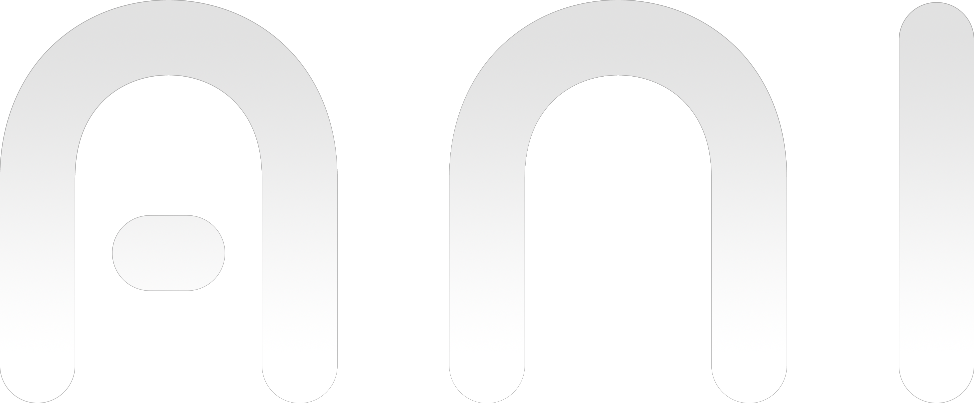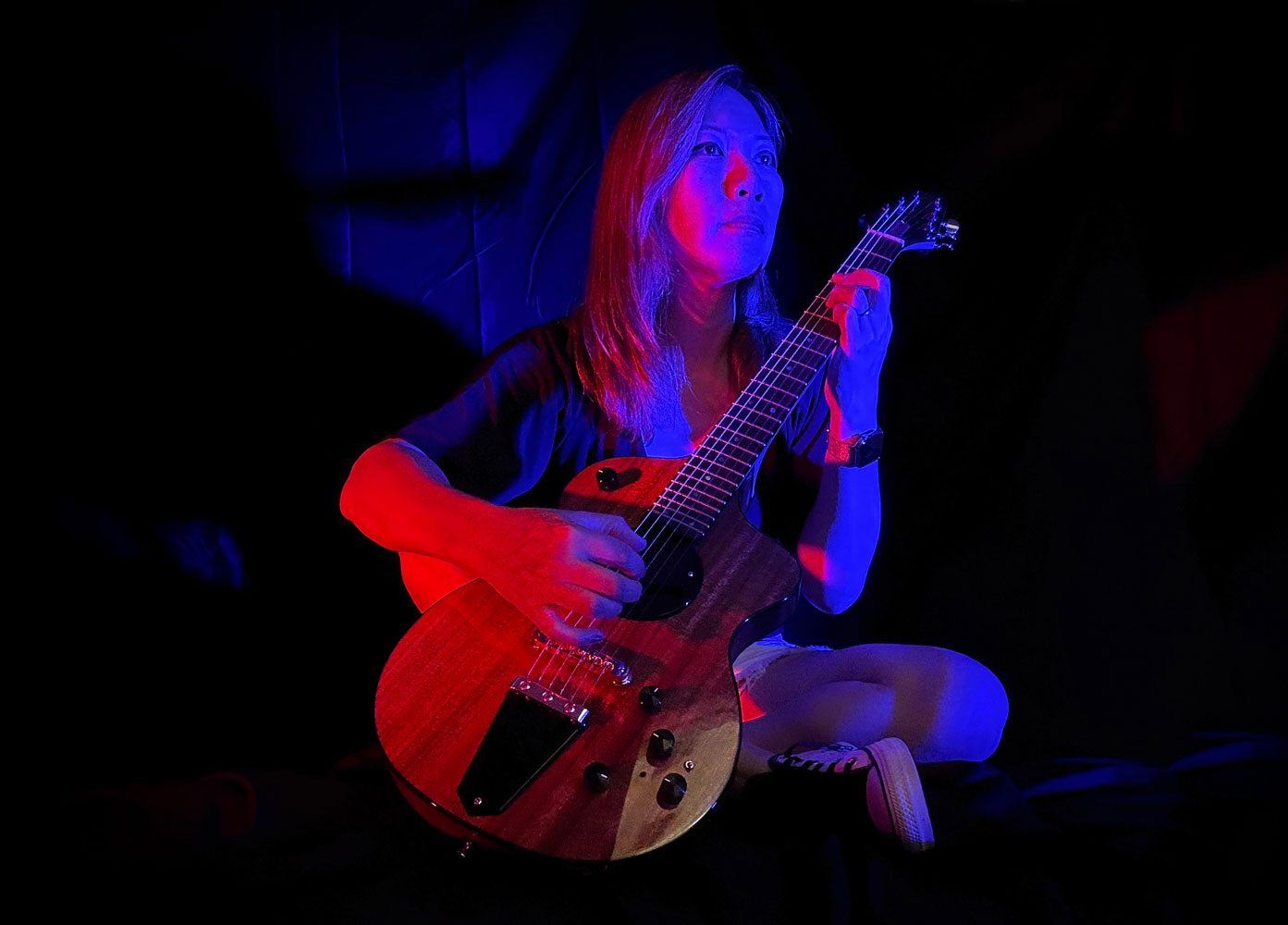


NOT A DJ
Live looping beats made on the fly.
ANI is a San Francisco Bay Area based musician who uses her iPads and looping hardware to create funky electronic sets that sound like DJ performances that morph from one song to the next. But it’s all done live. Sometimes there’s a plan. Sometimes there’s not.
ANI has performed with arts organizations like CODAME ART+TECH and the Y2K Live Looping Festival, as well as private events, music in the park, and even small tours.
UPCOMING SHOWS
- November 2: Y2K 2024 International Live Looping Festival – guitar covers set!